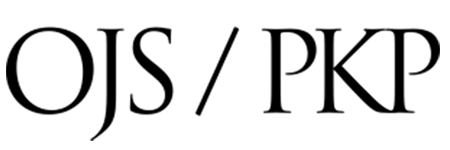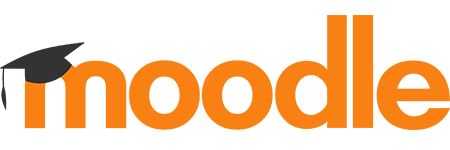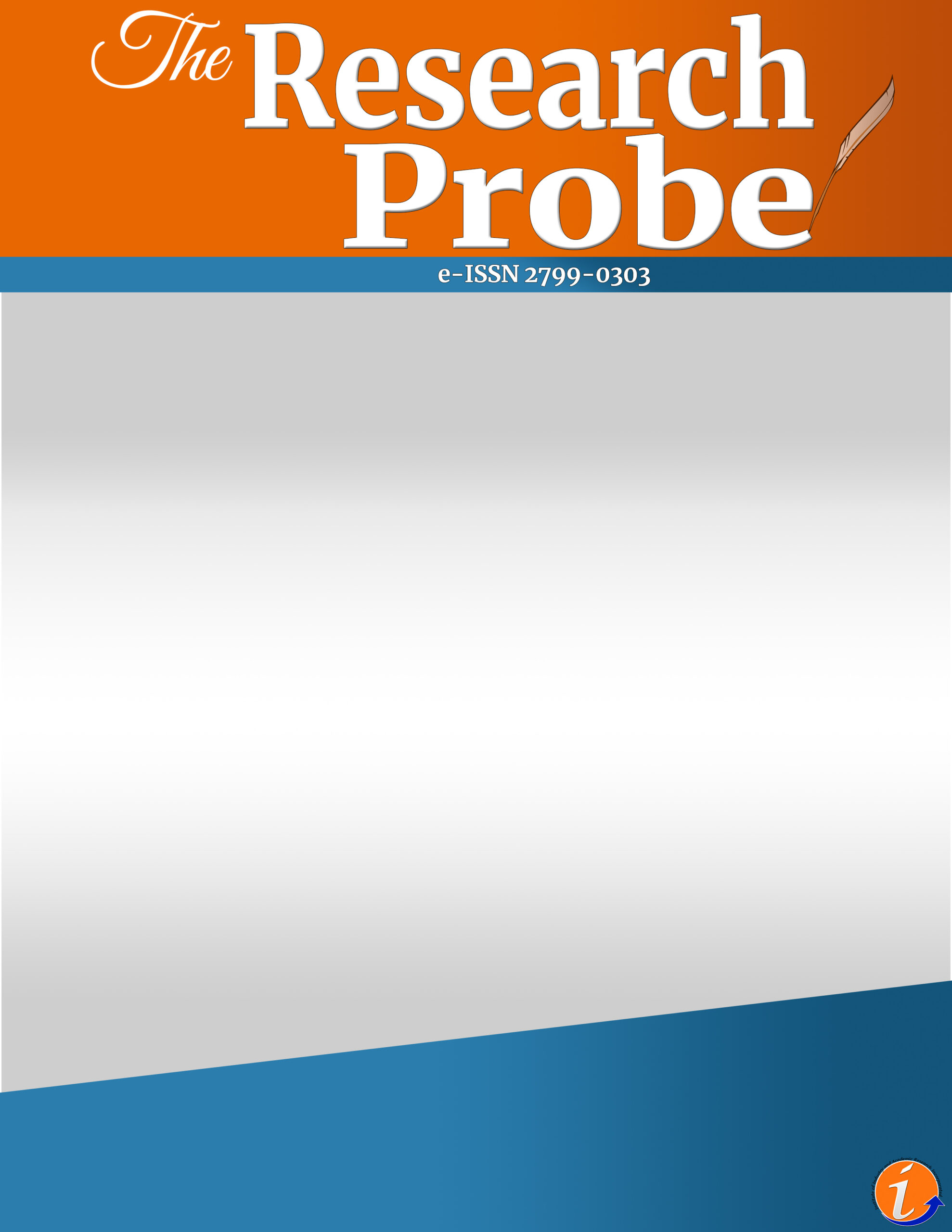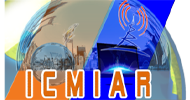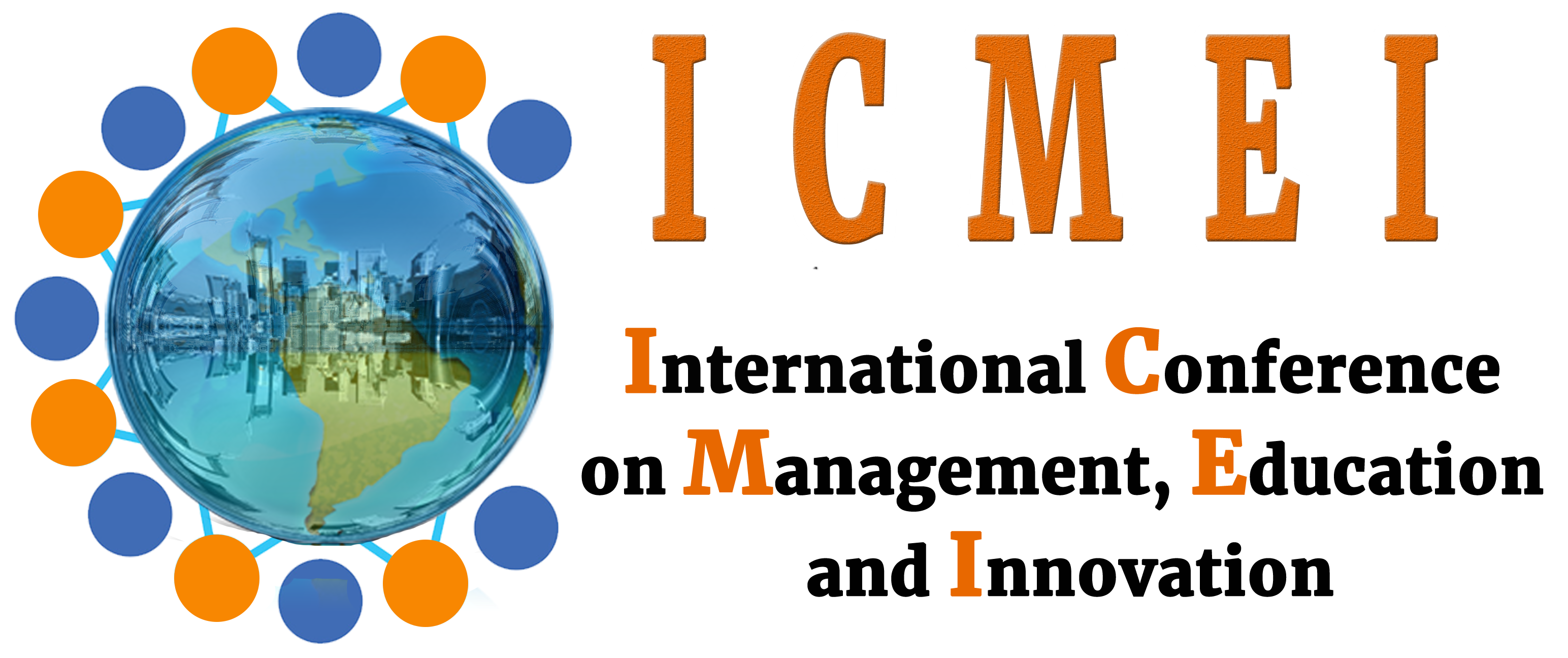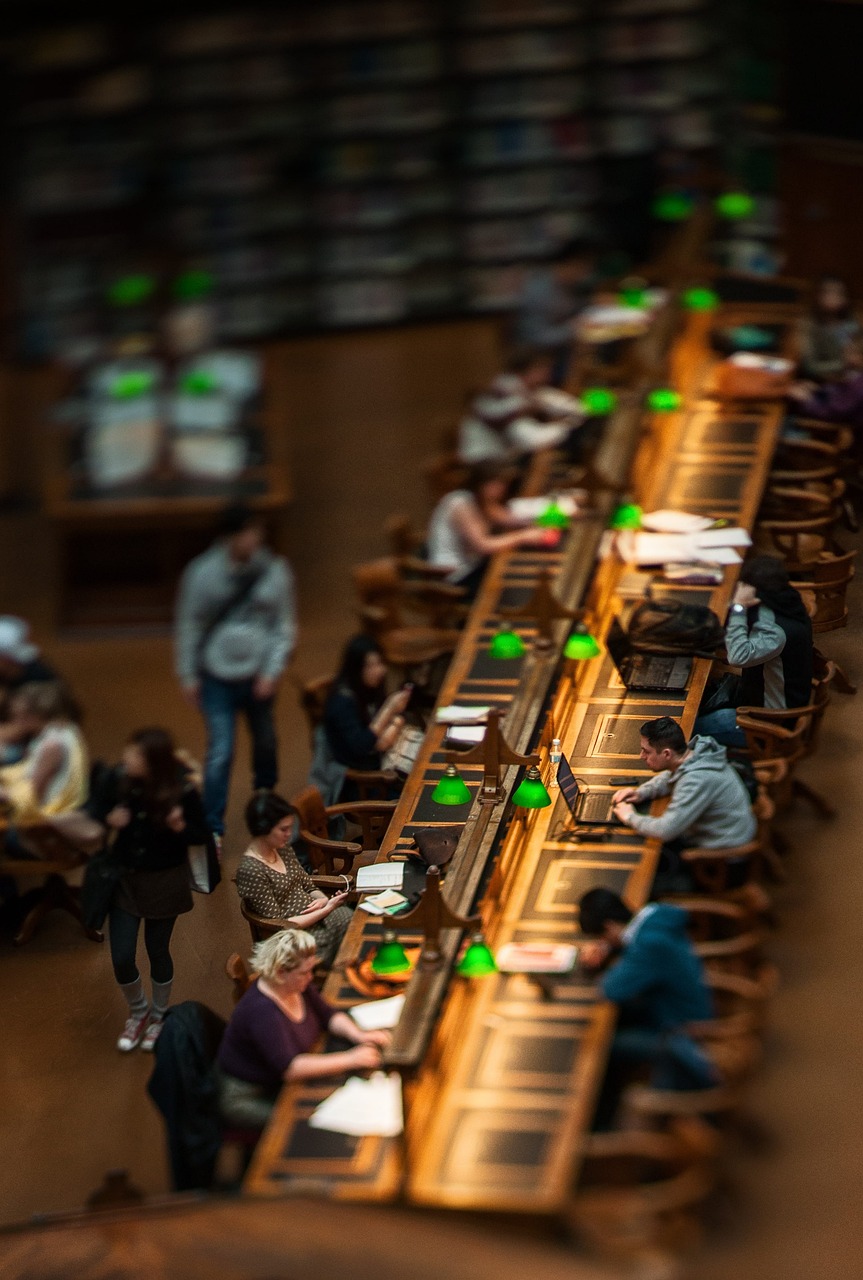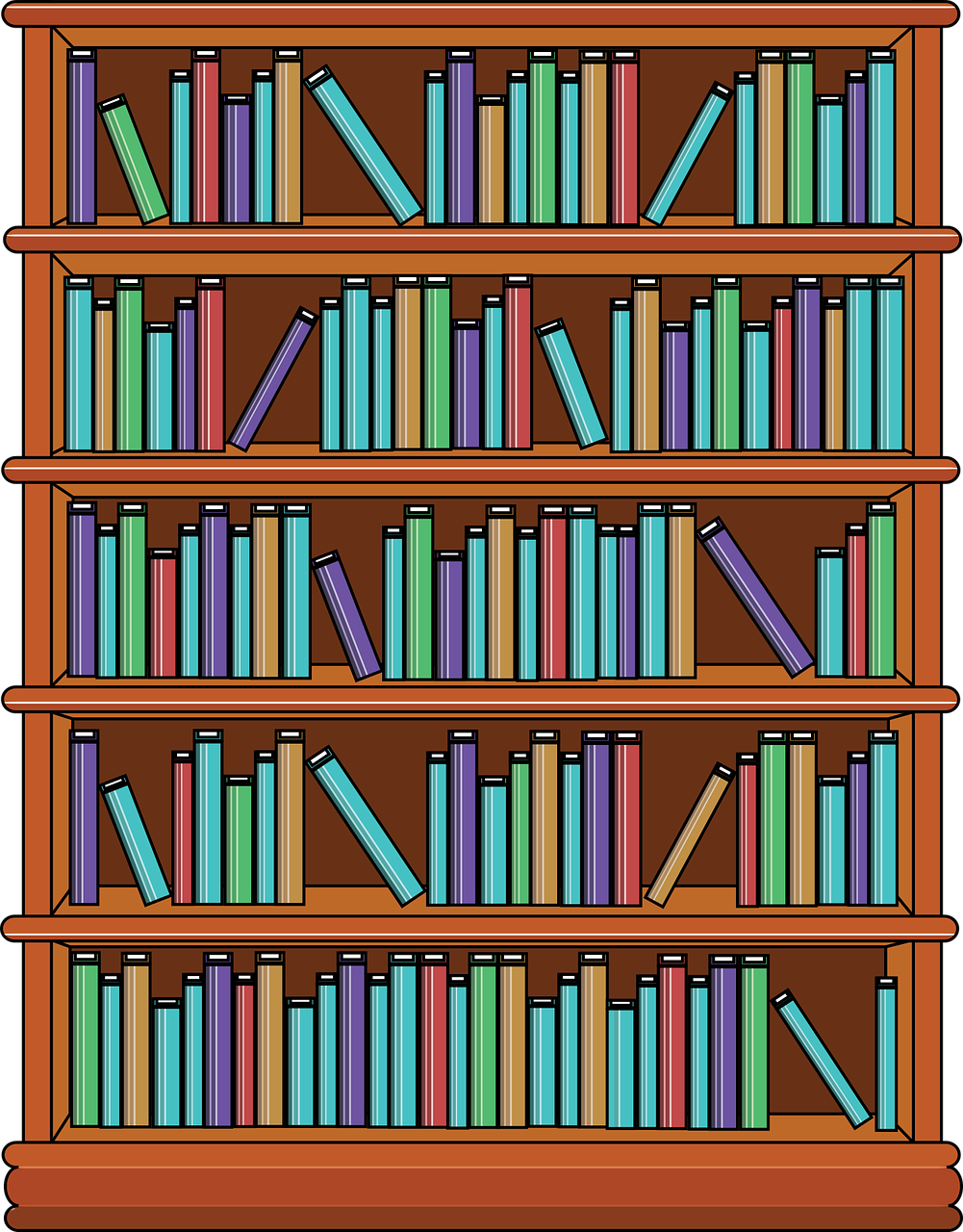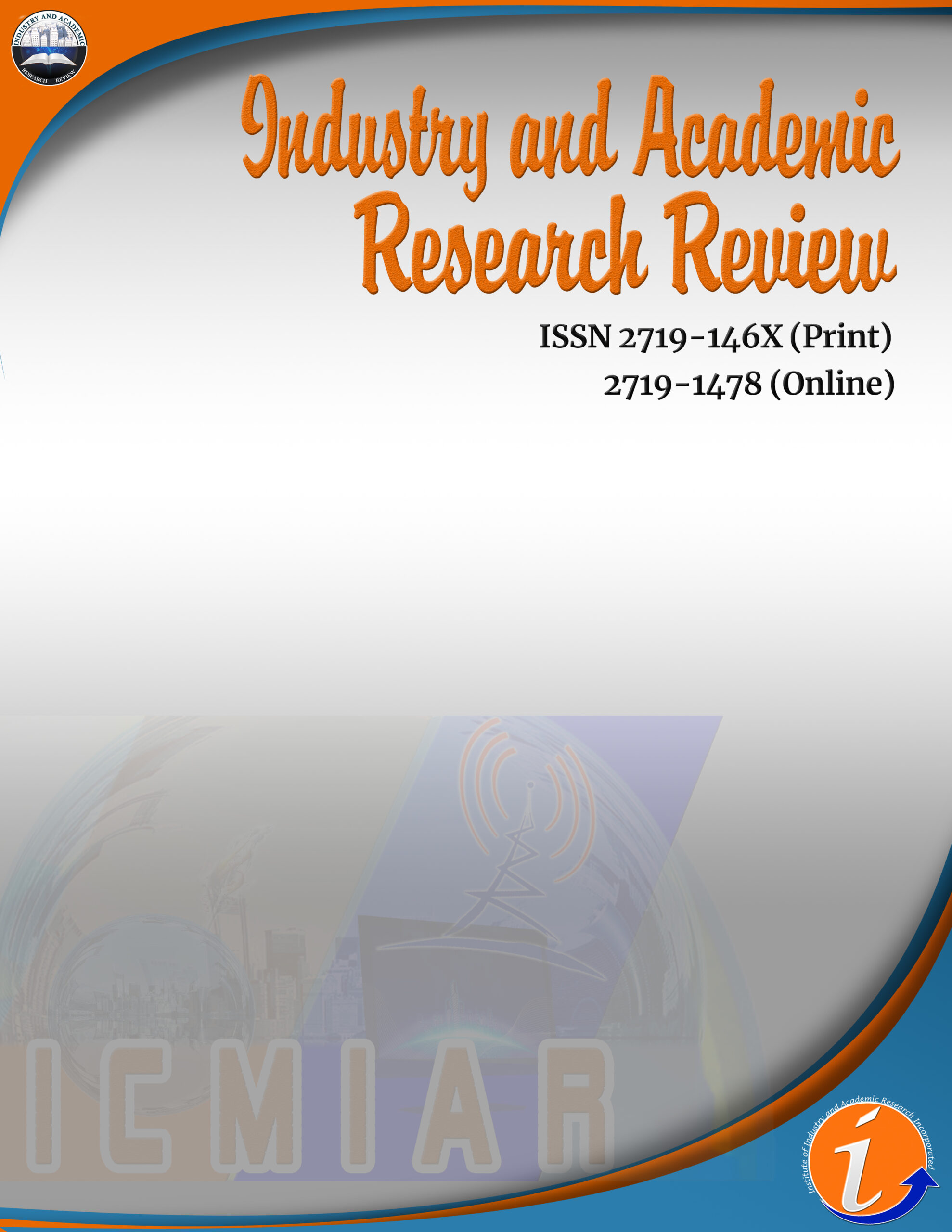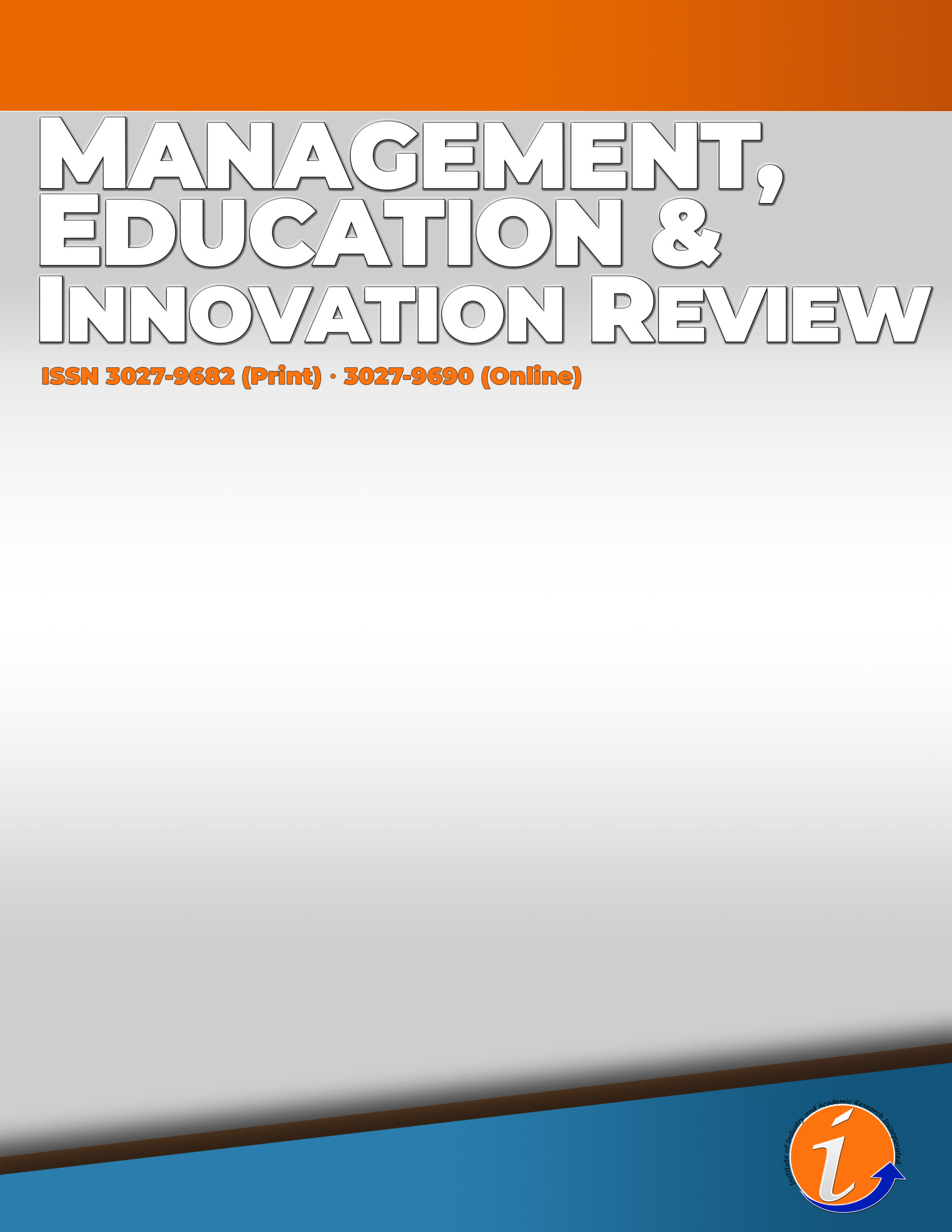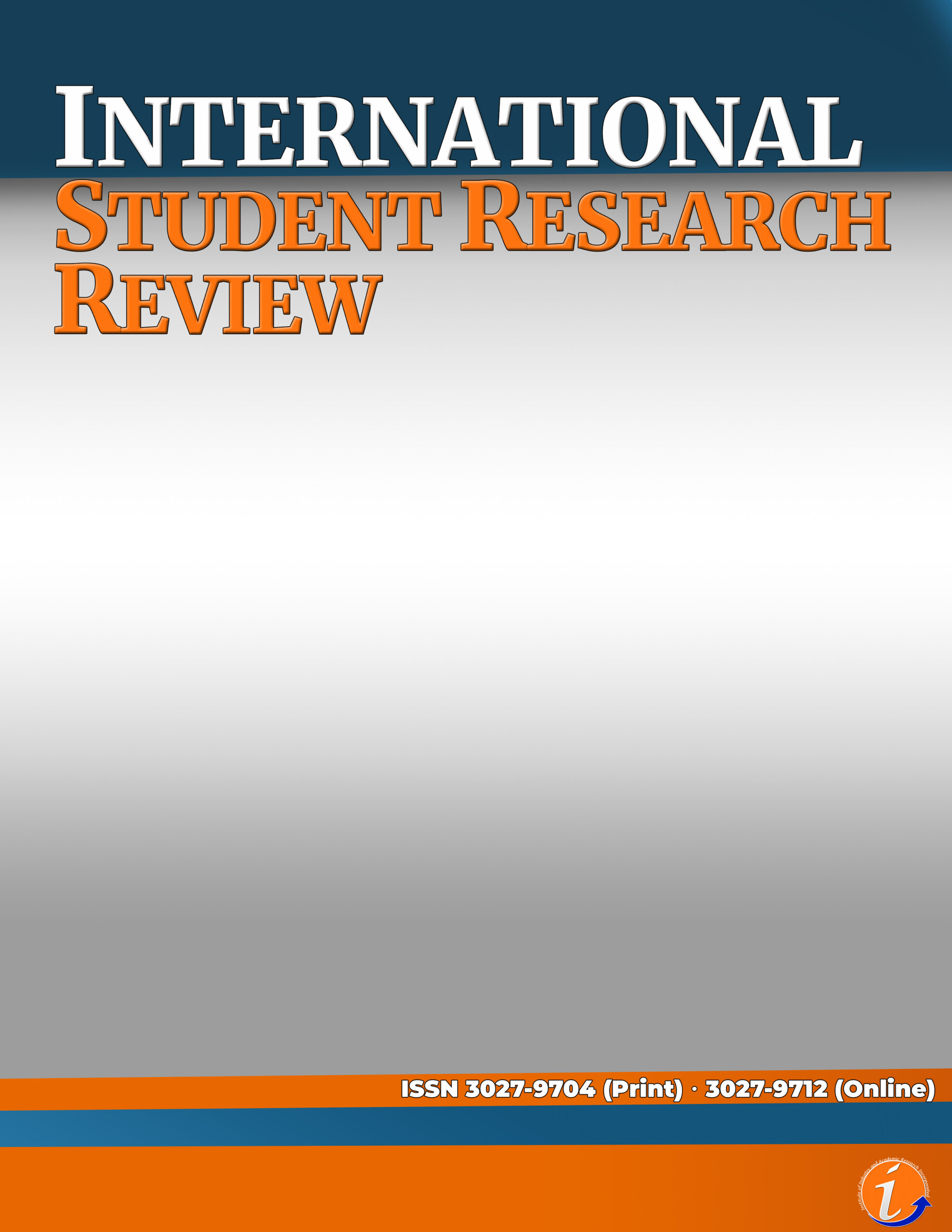This descriptive study identified the profile, common swardspeak and frequency of their use, and the situations of usage among the Bachelor of Secondary Education students in a state university during the academic year 2020-2021. Thirty (30) randomly selected respondents supplied the data through a survey questionnaire, which was analyzed using frequency count and percentage. Results showed that most of the students who use swardspeak are female within the age range of 19-22 years old. The most common swardspeak used are afam, akeno/aketch/akis, awra, baboosh, beks/vaklangtow, bonak/junakis, bongga, borlog, chaka/shonget, char/charot/chos, cheka/chika, chosera/chusera, churva, daks, dites/ditey, eclavu, eme/keme, ganern, gora/gorabels, gurl, Hagardo Versoza, hanash, imas, juntis/juntils, juts, kabog, kalerki/nakakalurky, keribels/keriboomboom/keri lang, kiber, knowangji, krayola, lafang, Lotlot/Lotlot De Leon, mamsh/momshee/mudra/mudrakels, murayta, pagoda, pakak, payola, pudra, shala, sinetch/sinetchitey, sizt, shokot, shonga/shunga, shupatid, spyokang, Tom Jones, waley/wis/wit/wiz, warla, and Winwin Marquez. Most of these swardspeak are sometimes used in public places with friends, and in instances or situations where they have to go with or join a group. These cross-sectional findings can affect further studies as this swardspeak can be enhanced as this generation goes out and come up with sets of new words.
swardspeak, frequency, education students, communication, locations, instances
This paper is presented in 2nd International Research Competition 2022
Amante, I. (2021). Semiotic analysis on gay lingo expression. Asian Journal of Advanced Multidisciplinary Researches, 1 (1).
Baker P. (2010). Polari, a vibrant language born out of prejudice. The Guardian.
Bickman L. & Rog D. (1998). Handbook of applied social research methods. Sage Publications, Inc.
Cabelita S., & Gacrama G. (2020). Davao gay community sociolect: a neologism. International Journal of English Language and Linguistics Research, 8 (2), 1-37.
Cantina, J. (2020). Gay argot: Beyond the coded words and meanings of Lavender lexicon. International Review of Humanities and Scientific Research
Catacutan S. (2015). Swardspeak: a queer perspective. University of the Philippines Open University
Cortez, H. (2017). Gay language: Impact on colloquial communication in Barangay Sto. Tomas, City of Binan, Laguna. Center of Excellence for Scientific and Research Journalism, http://centerofescellence.net/J/JJS/Vol6No2/JSSarticle16,6_2_pp375-382.pdf
Fries, C. (2014). Lavender languages: Linguistics and culture for the LGBTQ community. American University. https://www.american.edu/cas/news/lavender-languages-linguistics-conference-2014.cfm
Kastrati, D. (2017). Sociolects, language variations in sociolinguistics. Grin Verlag. https://www.grin.com/document/585246
Lunzaga, A., Bendulo, H. & Bieh, N. (2011). Morphological analysis of gay’s spoken discourse. JPAIR Mutidisciplinary Research Journal, 6 (1).
Luyt, K. (2014). Gay language in Cape Town: A study of Gayle-attitudes, history and usage. Open UCT. https://open.uct.ac.za/handle11427/6792
Nadal, K. & Corpus, M. (2013). “Tomboys and ‘baklas’: Experiences of lesbian gay Filipino-Americans. Asian American Journal of Psychology, 4(3), 166–175. https://doi.org/10.1037/a0030168
Oficiar, J. (2019). Language of homosexuality: A morpho-semantic analysis. InternationalJournal of English Language and Linguistics Research, (7) 5, 1-18.
Papua, A., Estigoy, M. & Vargas, D. (2021). Usage of gay lingo among millennials as a way of communicating. 1SSRN Electronic Journal 3(12). DOI: 10.2139/ssrn.3794691
Pascual, G. (2016). Sward speak (gay lingo) in the Philippine context: A morphological analysis. International Journal of Advanced Research in Management and Social Sciences, 5 (12).
Racoma, B. (2013). Swardspeak: The colorful language of the Filipino gay community. Day Translations. https://www.daytranslations.com/blog/filipino-gay-community/amp/
Romero, R. (2019). Gay lingo as reflection of social identity. EAI. Proceedings of the 3rd English Language and Literature International Conference, ELLiC, 27th April 2019, Semarang, Indonesia
Rosales, H. & Careterro, M. (2019). Stylistic variation: Understanding gay lingo in social perspectives. The Normal Lights, 13 (2).
Rubales, J. (2020). Linguistic deviations of swardspeak and its implication to gay students’ English language competencies. International Journal of Research Publications
Sangga, C. (2015). The impact of swardspeak on Filipino sociolinguistics. https://www.academia.edu/18018380/The_Impact_of_Swardspeak_Language_to_Filipino_Sociolinguistic
Susandi, K., Rusanti P. & Sutrisna, P. (2018). Gay language in Bali (Sociolinguistic study on homosexual and bisexual men in Bali). Advances in Social Science, Education and Humanities Research. https://doi.org/10.2991/prasasti-18.2018.38
Cite this article:
Gregorio, J.F., Briol, S.R., Miraflores, R.B. & Biray E.T. (2022). Swardspeak as a Communication Medium Among Education Students in a State University. The Research Probe, Volume 2 Issue 2, pp. 20 - 24.
License:
![]()
This work is licensed under a Creative Commons Attribution (CC BY 4.0) International License.

